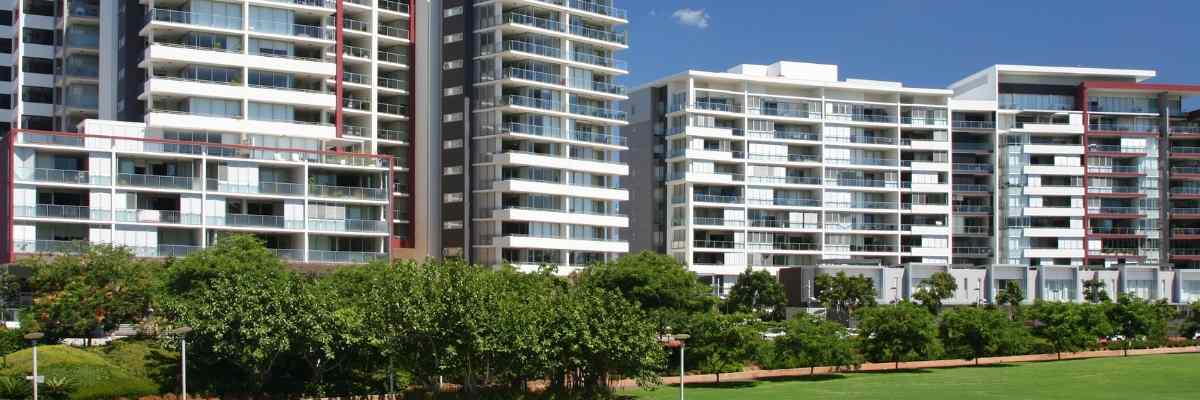 When we are about to buy or rent a home there are two cases: That the property is horizontal or vertical. But what are the differences between the two concepts? The main difference is that a vertical property belongs to a single owner, while horizontal property belongs to several different people. We’ll tell you all about it.
When we are about to buy or rent a home there are two cases: That the property is horizontal or vertical. But what are the differences between the two concepts? The main difference is that a vertical property belongs to a single owner, while horizontal property belongs to several different people. We’ll tell you all about it.
Índice de contenidos
What is horizontal property?
Horizontal property refers to properties with different owners within a building. That is, it is the property that is segregated and that, therefore, each of the properties belongs exclusively to one owner. These people will also be the co-owners of common building elements. That is horizontal ownership, the common parts belong to several owners and are always governed by rights and obligations, to guarantee good coexistence between neighbours.
What are the common elements in a horizontal property?
They are the elements of the building that serve all the owners and belong to all according to the percentage of participation. Examples of common elements of the building: Ground, eaves, foundations, roofing, pillars, rooftops, lifts, stairs, etc.
Horizontal property is regulated by the Horizontal Property Law (Law 49/1960, dated 21 July), which serves to regulate and guarantee coexistence among the dwellers of an Owner’s community, and establishes the main rights and obligations of the co-owners of the building.
How is the horizontal ownership regime constituted?
According to the Horizontal Property Law, its regime must be constituted through a public deed filed before the notary by the owners of the property. The formalization of this deed is grants access to the Register of Property and where, optionally, the Statutes detailing the rules for the exercise of property rights are written, among other things.
Types of horizontal property
The horizontal ownership regime is set out in art. 396 of the Spanish Civil Code, which in turn distinguishes two types of rights:
- Individual and exclusive property rights over proprietary elements (buildings, storage rooms, garages, commercial premises, etc.).
- Collective and inseparable property rights over the common elements and areas of the building.
What is a vertical property?
Vertical property refers to an entire building in which all the houses, commercial premises or garages belong to the same owner. In other words, there are no common costs and there is no Owner’s Community as such.
In addition, to be considered a vertical property, all the apartments of the property must be used for rental purposes.
Even if it is not a community, it does not exempt the owner from their obligation to maintain the building in good condition and comply with the corresponding tax obligations.
Sale of a vertical property
If you wanted to sell the properties that are part of a vertical property individually, you would have to create the participation coefficients for each property and include them in the Deeds and create the Statutes of the Community.
Main differences between horizontal property and vertical property
While the main function of a Horizontal Property is to be inhabited or rented, the owner of a Vertical Property is intended to monetize its properties through partial or full leasing. For example, horizontal ownership applies to buildings that have private homes, such as a community of neighbours. On the other hand, vertical property belongs to a single owner, such as a hotel or garage with multiple parking spaces.
Finally, the Horizontal Property Law stipulates that the administration and maintenance of an Owner’s Community must always be managed by an administrator. In the case of vertical ownership, it may be the owner that complies with them. However, due to its nature, the usual practice in these cases is to hire experienced professionals to deal with both the management of the lease contracts and the increases or extensions thereof, as well as the follow-up for lawsuits or repairs to damages that may occur on the property.
At Mediterráneo, we also manage payments to suppliers, tenants, problem solving, contracts, etc.
We manage real estate assets. Get in touch.